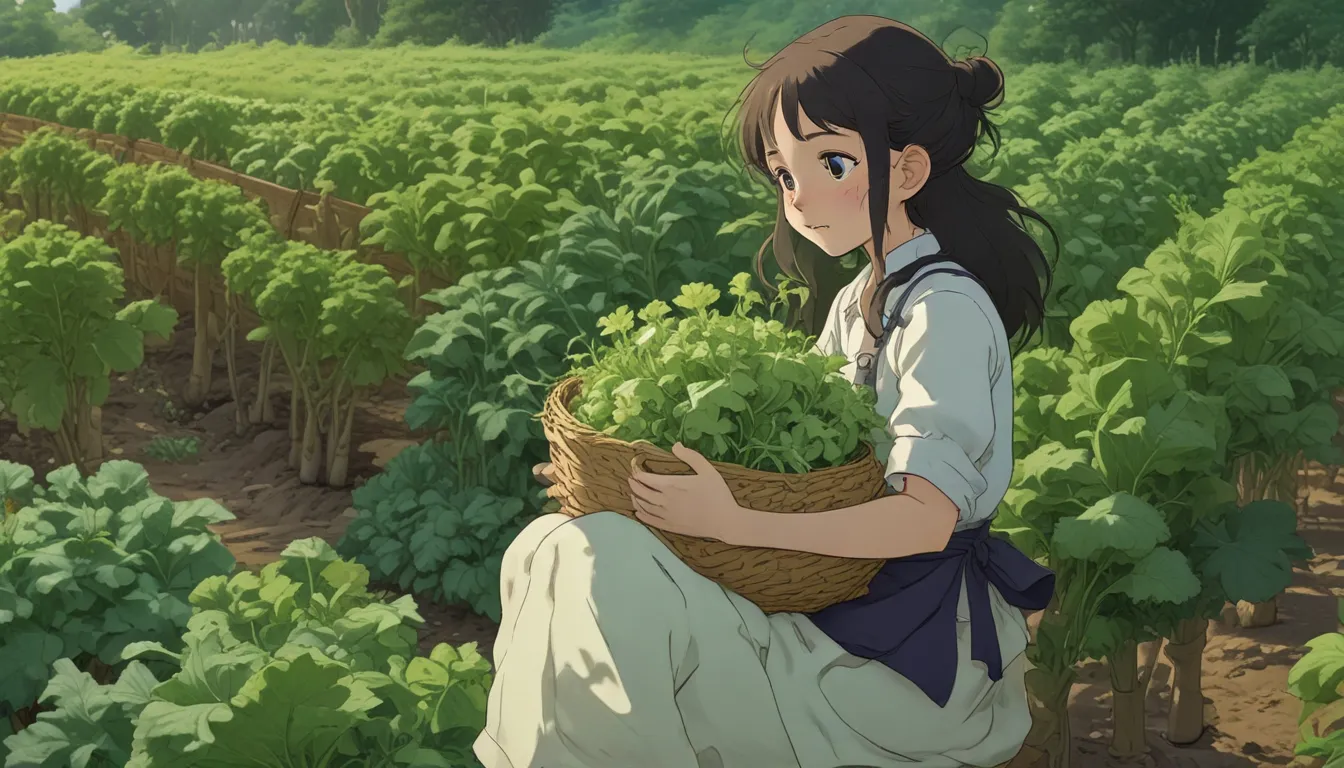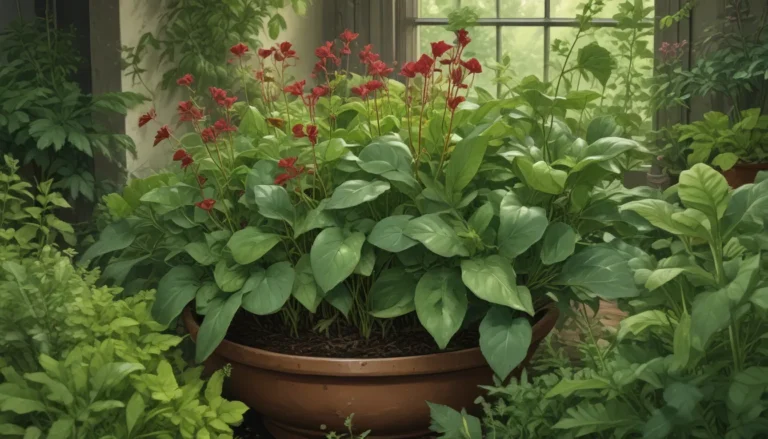The Complete Guide to Harvesting Kohlrabi

Kohlrabi, a member of the cole family, is gaining popularity for its large, juicy bulbs that are both easy to grow and delicious when eaten raw or cooked. In this comprehensive guide, we’ll cover everything you need to know about harvesting kohlrabi, from when to pick to how to store and cook it.
What You’ll Learn
- When to Harvest Bulbs
- How to Harvest
- Storage Tips
- Cooking Ideas
When kohlrabi first emerges in your garden, it resembles a young kale plant. As the plants mature, the bright purple or green stems swell into round fleshy bulbs of the same color. The foliage grows outward on all sides, creating an attractive plant in your garden.
As you wait for the bulbs to grow large enough for harvest, you can start by picking and eating the young leaves. These leaves can be harvested as early as six weeks after planting. Be sure to leave some leaves on each plant to provide the energy needed for the bulbs to form.
Harvesting the bulbs is simple once they have reached one to three inches in diameter, approximately 60 days from planting, depending on the variety. It’s best to pick them while they are still young and small to avoid them becoming woody and tough when left in the garden for too long.
How to Harvest
To harvest the bulbs, you can either pull up the whole plant, roots, and all using your hands, or use a clean, sharp knife to cut the stem just below where it starts to swell. Each plant only produces one bulb, so if you wish to save the seeds for planting, you can leave the base of the plant in the ground for a second year of growth.
After harvesting, pull off the leaves from the bulb and set them aside. The leaves are delicious and can be used in stir-fries or salads, offering a similar flavor and texture to collard greens.
Storage Tips
If you plan to use your harvest right away, peel the outside of the bulb, as the skin can be tough. Otherwise, unpeeled bulbs can stay fresh for several weeks in the fridge if wrapped in a moist towel and stored in a sealed perforated plastic bag in the crisper drawer.
For longer storage, you can freeze the bulbs by peeling and cutting them into chunks, blanching them for a couple of minutes in boiling water, and then freezing them in freezer-safe bags or containers. Properly stored, the blanched vegetables will keep in the freezer for about eight months.
Cooking Ideas
Kohlrabi can be enjoyed both raw and cooked. When eaten raw, it has a flavor reminiscent of a combination of broccoli and cabbage, with a crisp and slightly spicy taste. It can be shredded or spiralized for salads or sandwiches, or sliced and served with a veggie dip.
Cooking kohlrabi brings out its natural sweetness. It can be roasted, steamed, or mashed, and it pairs well with root vegetables. For delicious cooking ideas, consider roasting kohlrabi along with sweet potatoes, carrots, and beets, or try a vegan cream of kohlrabi soup for a hearty and flavorful meal.
One Cool Crop
With its crisp and juicy bulbs, edible foliage, and attractive appearance, kohlrabi is undoubtedly a cool vegetable to grow in your garden. It’s easy to harvest, store, and prepare, making it a versatile addition to your culinary adventures.
Do you have a favorite way to use kohlrabi? Share your tips in the comments below!
For more information on growing kohlrabi and its health benefits, check out these other helpful guides:
- Growing Kohlrabi: The Hearty, Above-Ground Root
- Health Benefits of Kohlrabi
- How to Plant Kohlrabi Seeds
*





